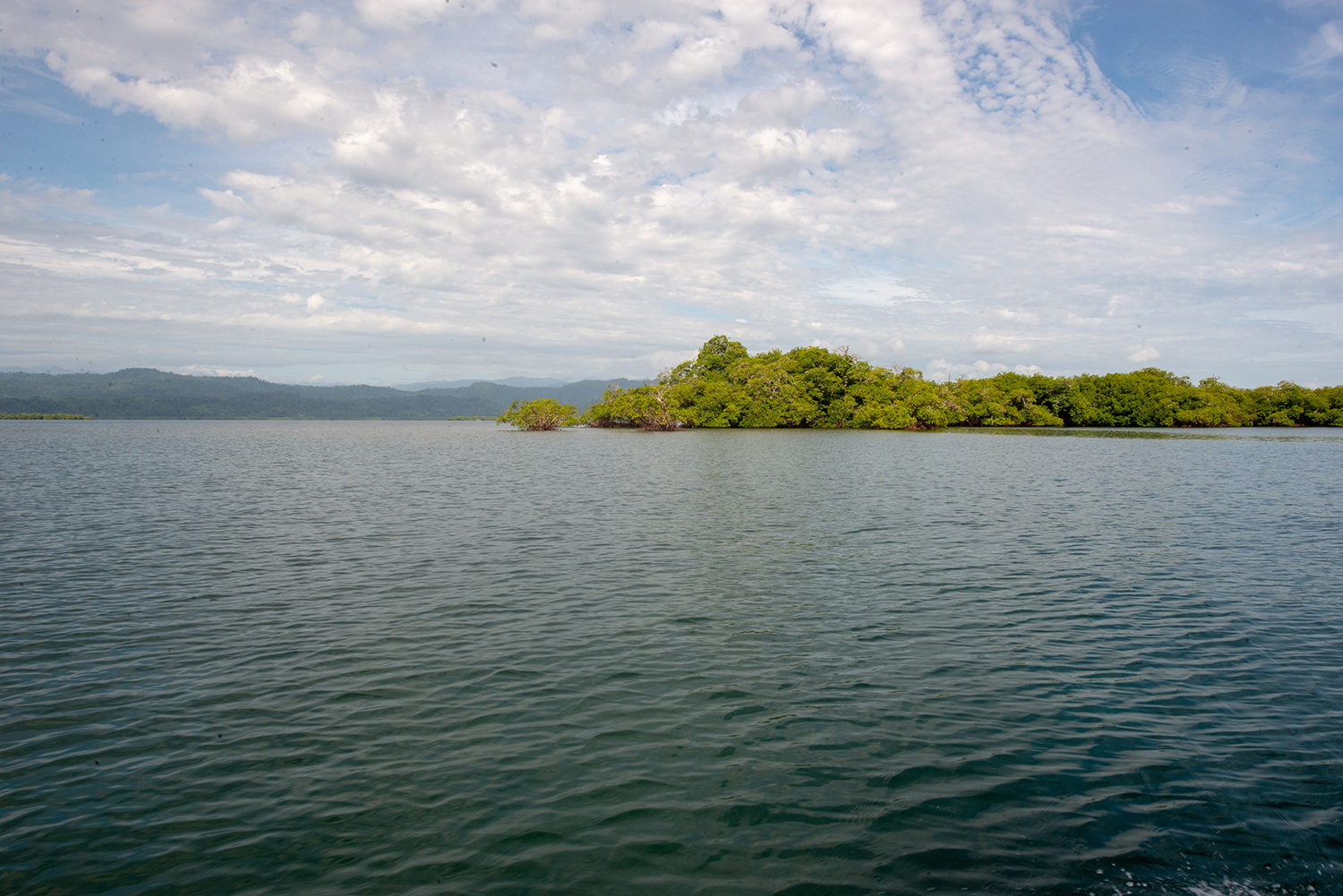Our Ocean Our Connection
Commitments, partnerships, and hope: The Smithsonian at the Our Ocean Conference in Panama
The 8th Our Ocean Conference concluded with 341 commitments worth nearly $20 billion, including the expansion of Banco Volcán Managed Resources Area in the Panamanian Caribbean that led Panama to protect over 54% of its oceans.
Story location
Text by Leila Nilipour
Fisheries and Marine Conservation Marine Biology Ecosystem Ecology Biodiversity Ecosystem Ecology Exploration Life in Deep Time Sustaining a Biodiverse Planet purple
Hector M. Guzman Mark Torchin Rachel Collin Matthieu Leray
purple
Hector M. Guzman Mark Torchin Rachel Collin Matthieu LerayOur Ocean,
Our Connection


















